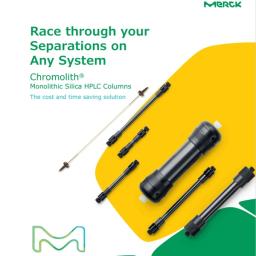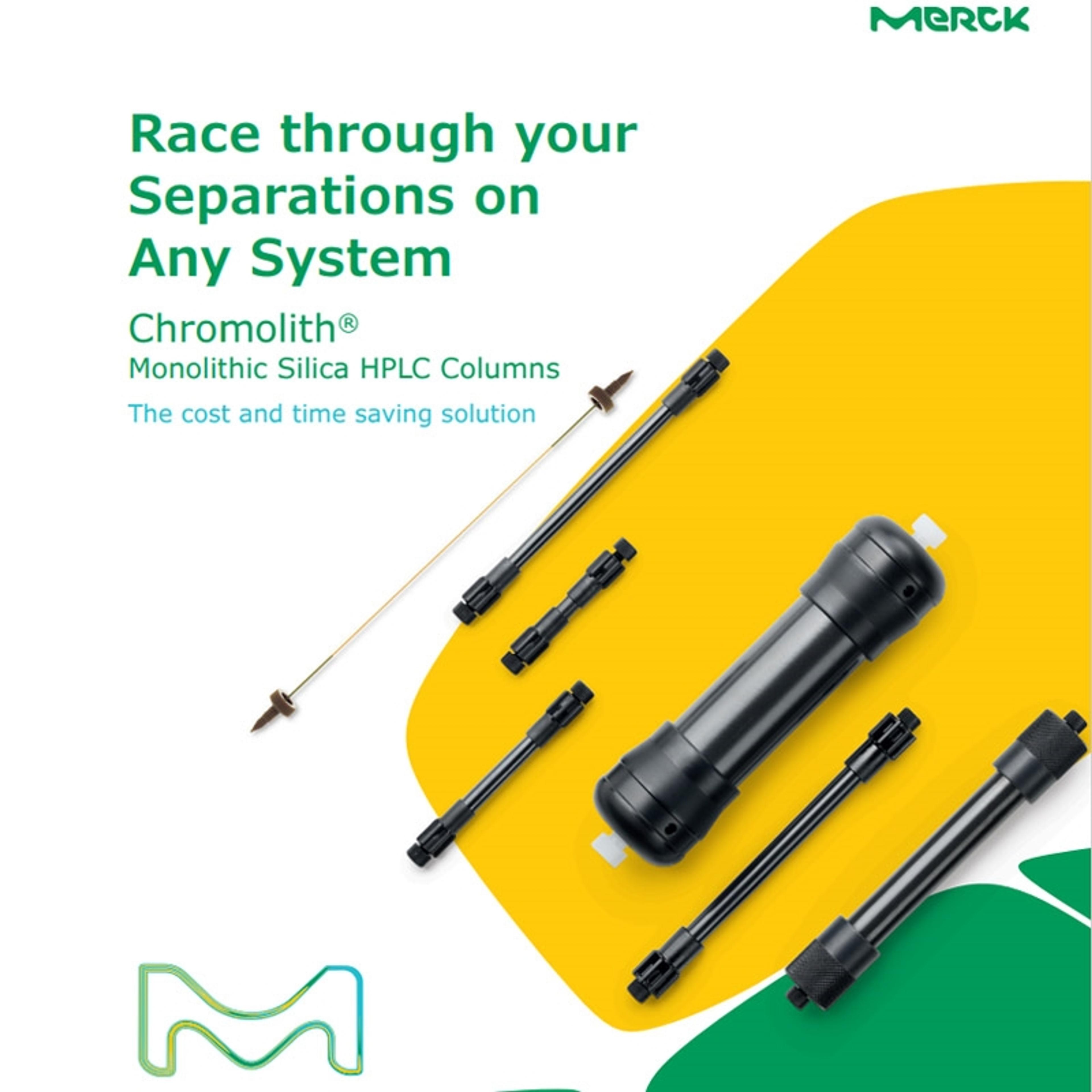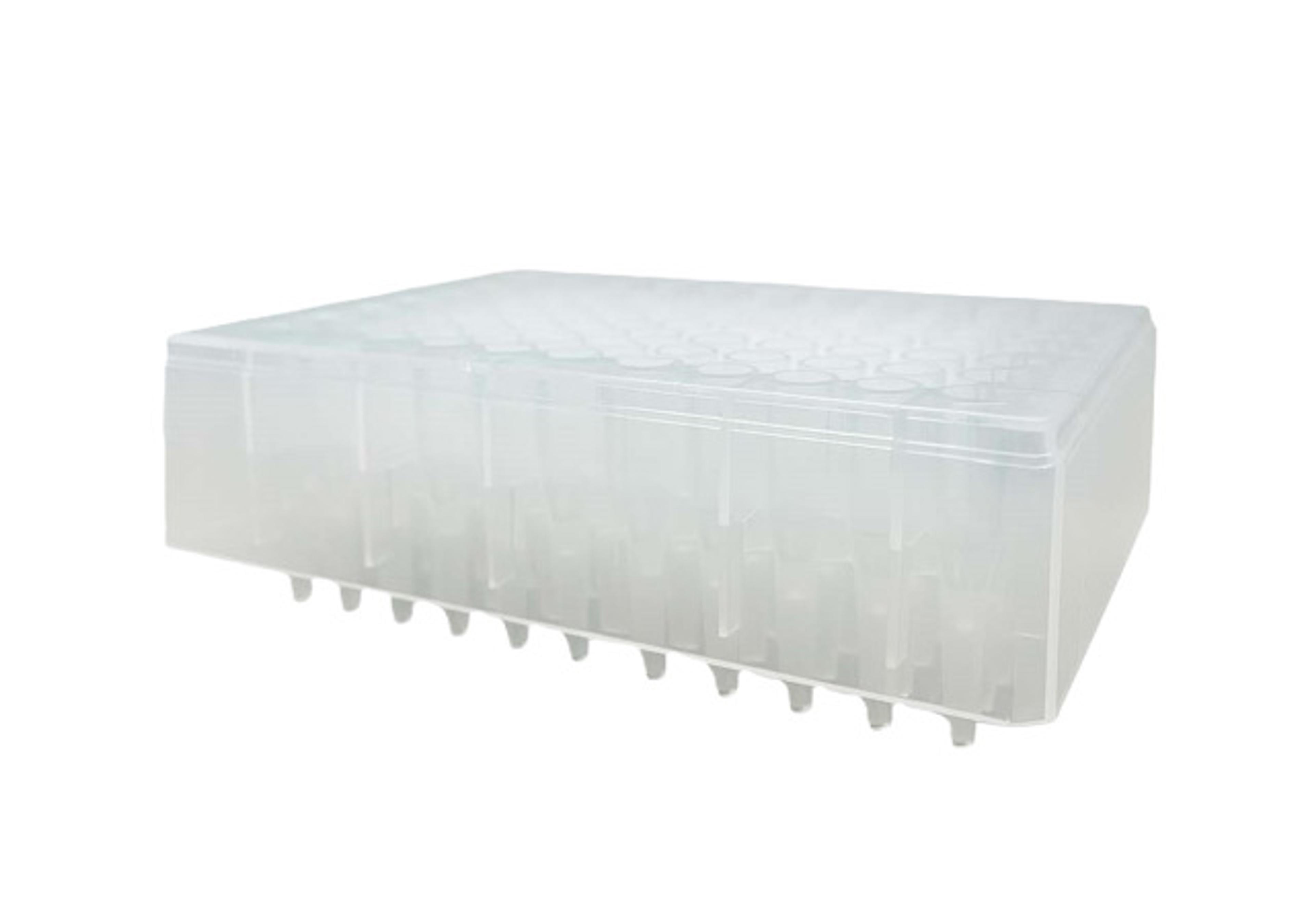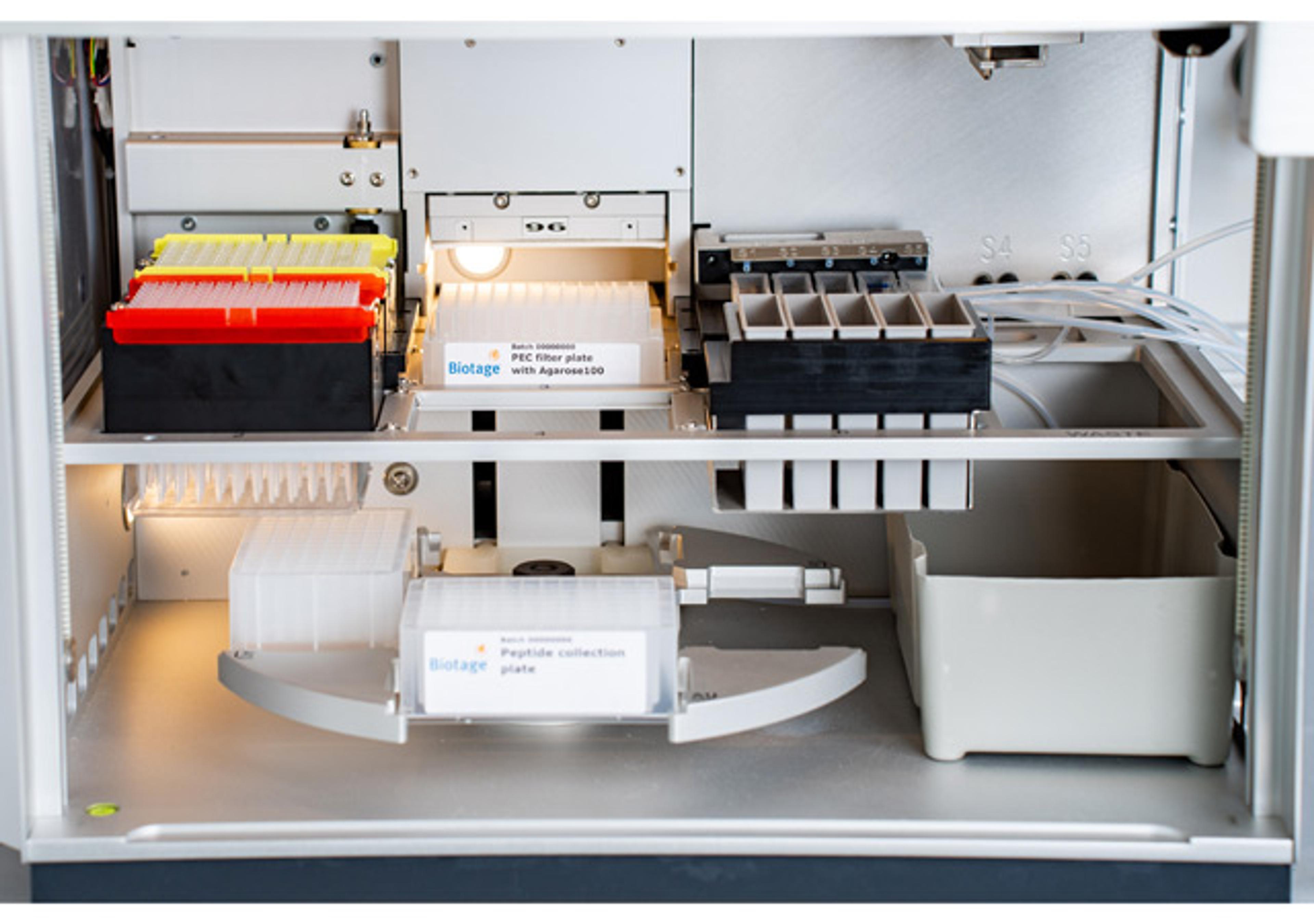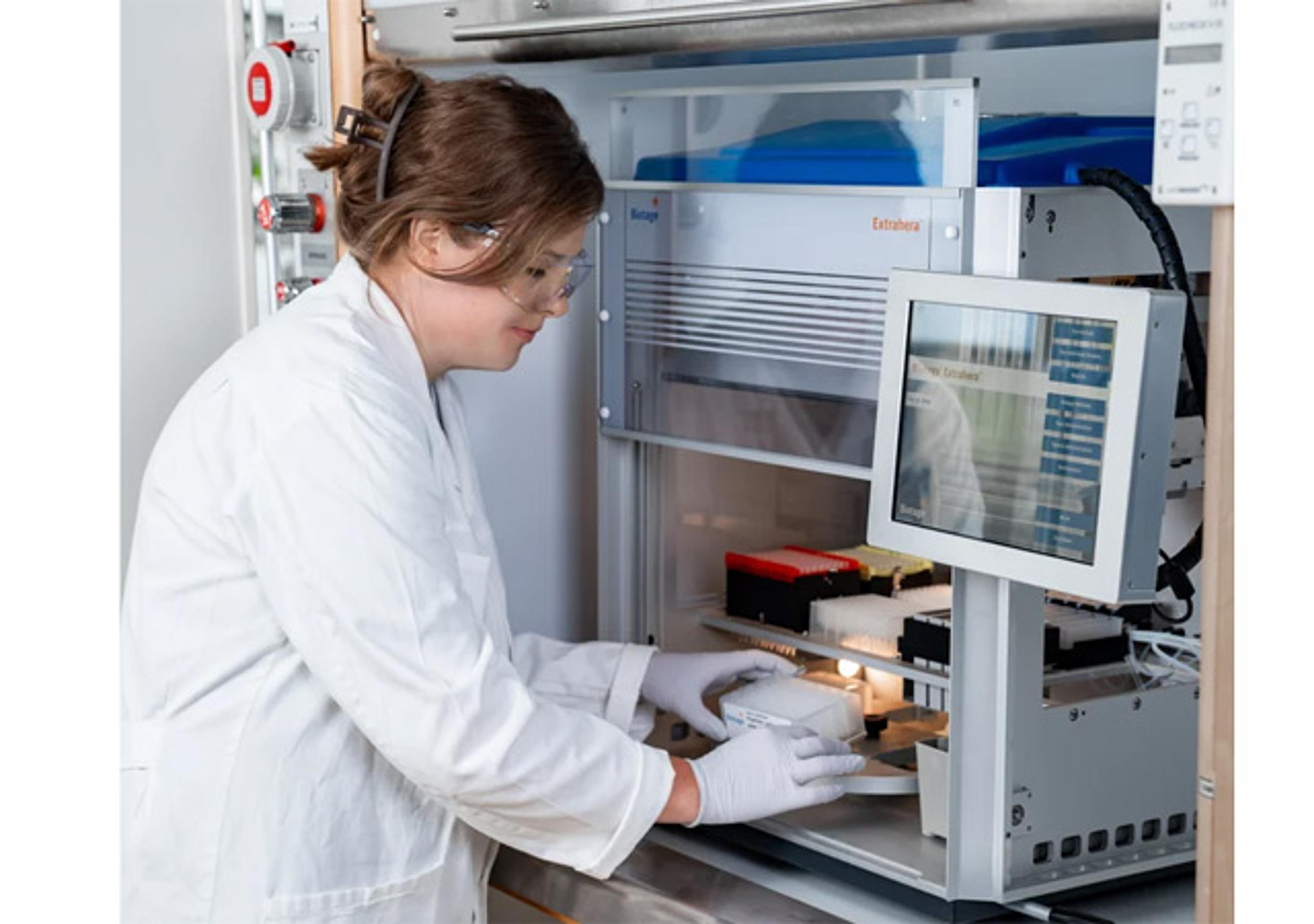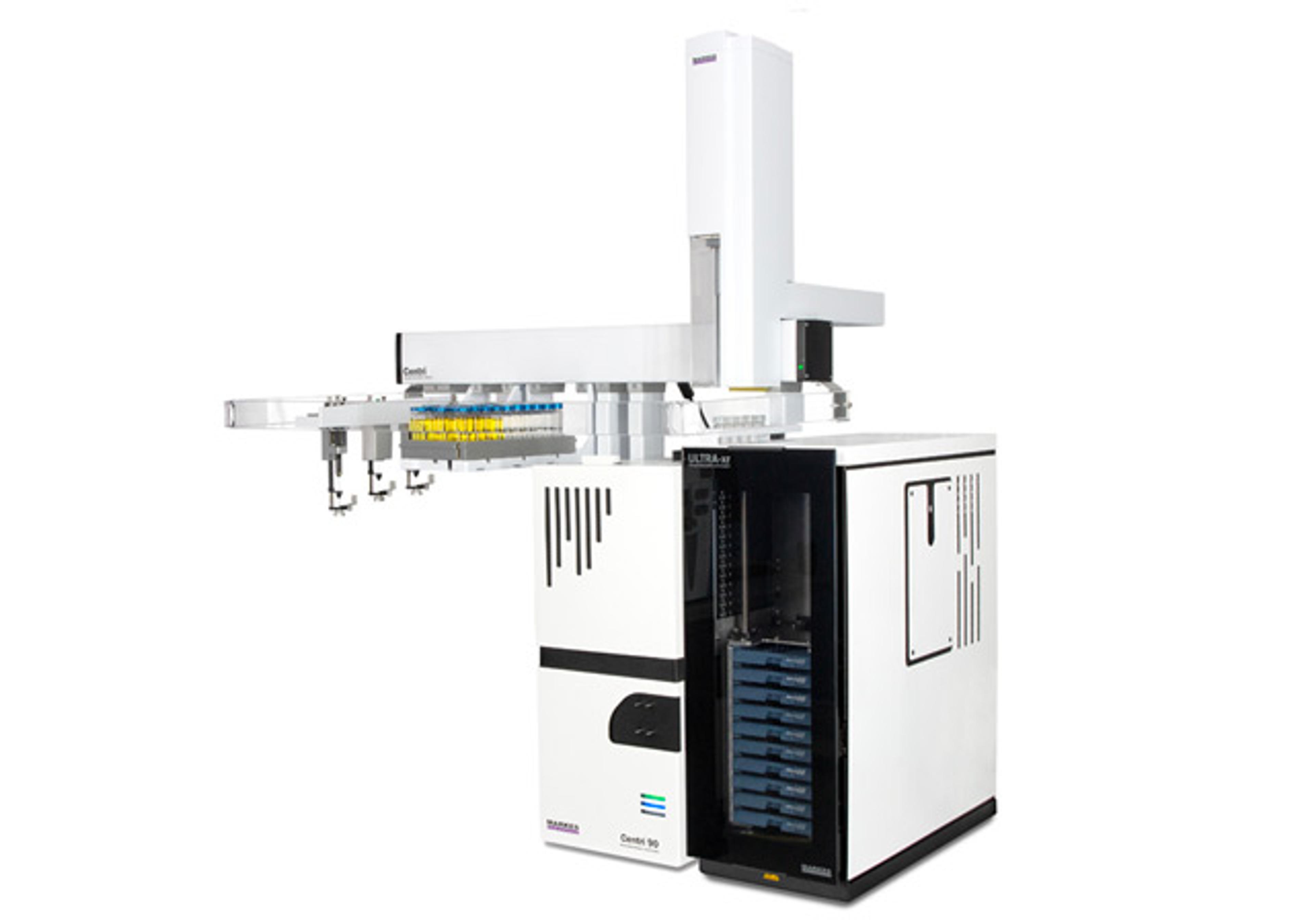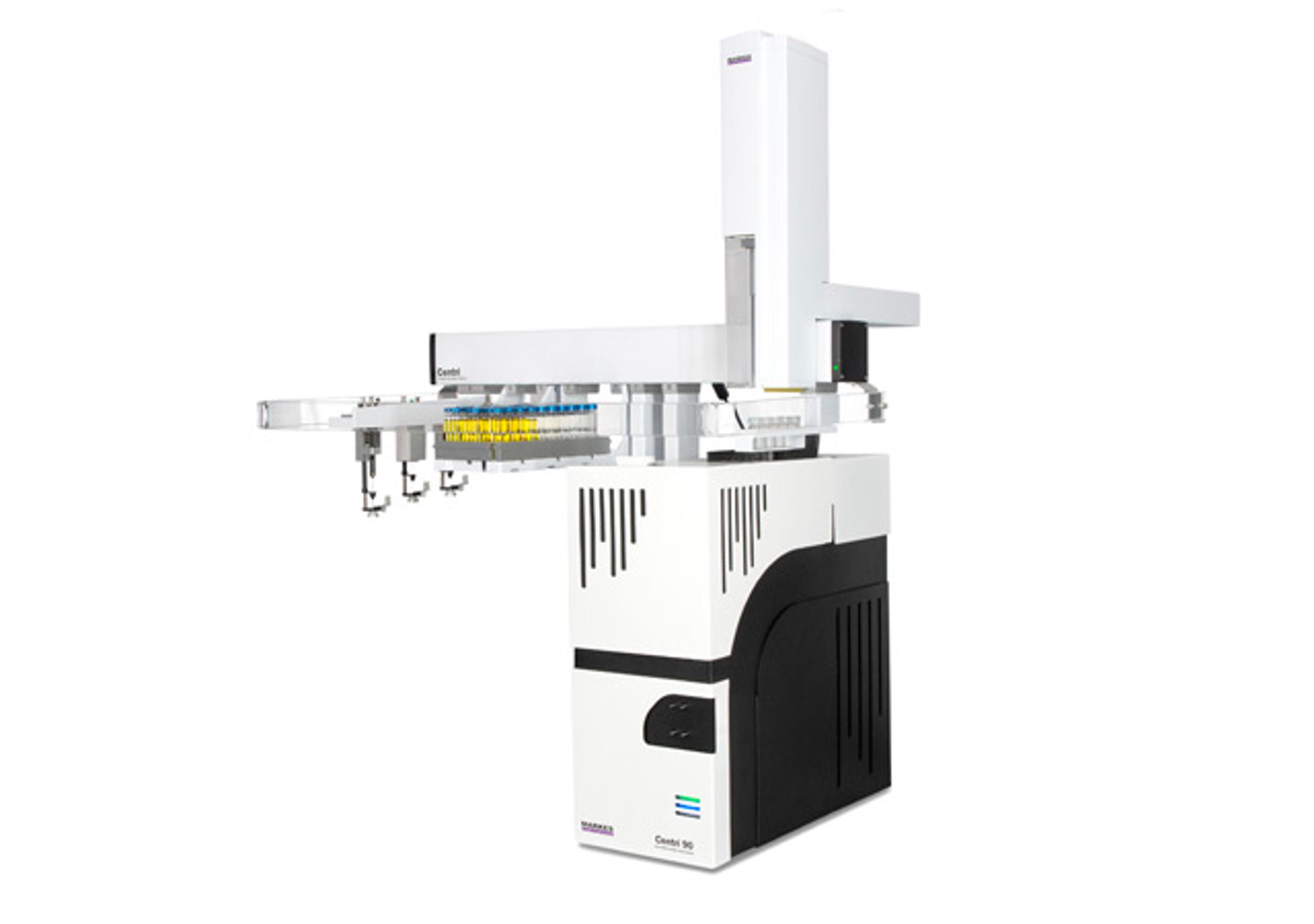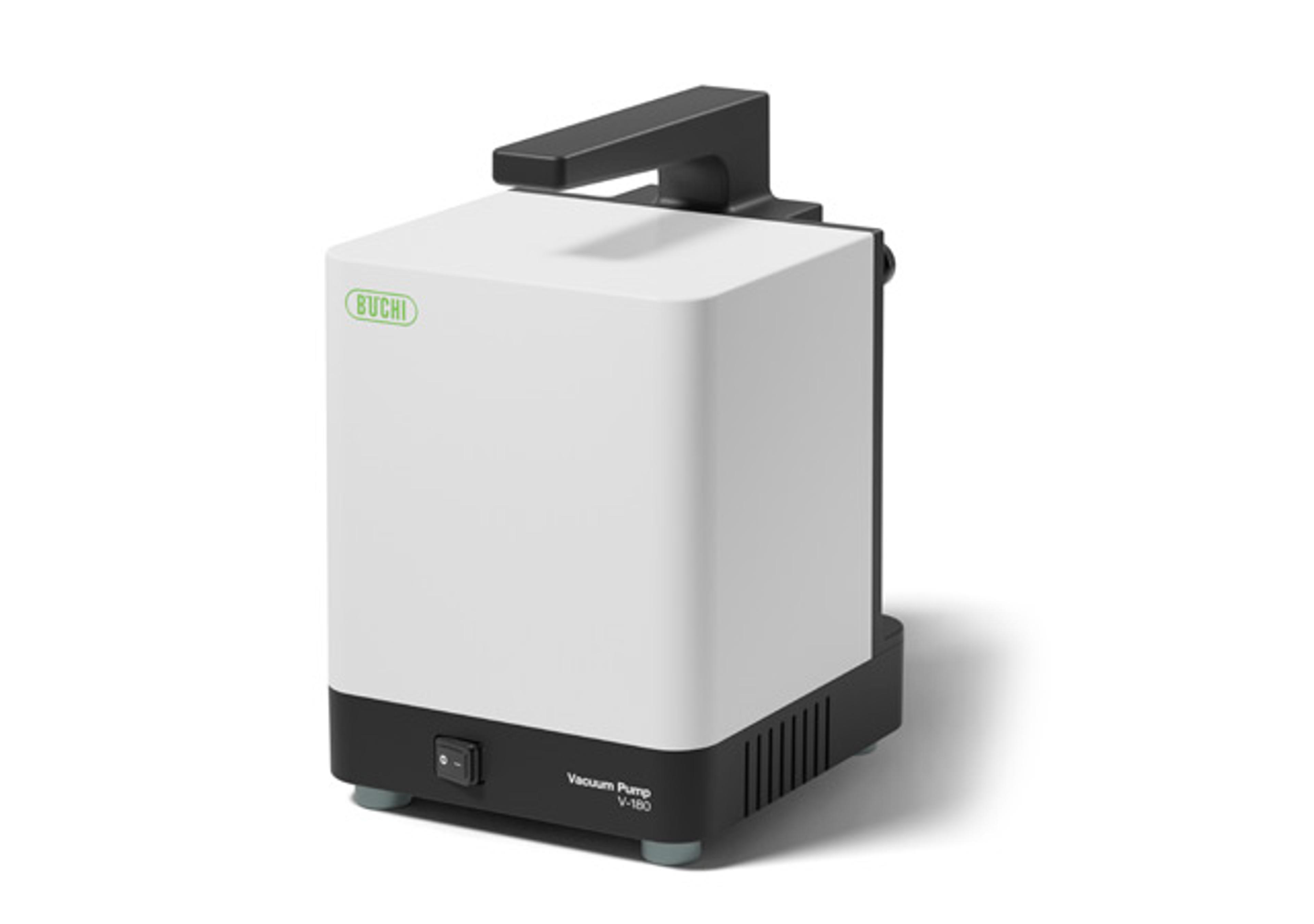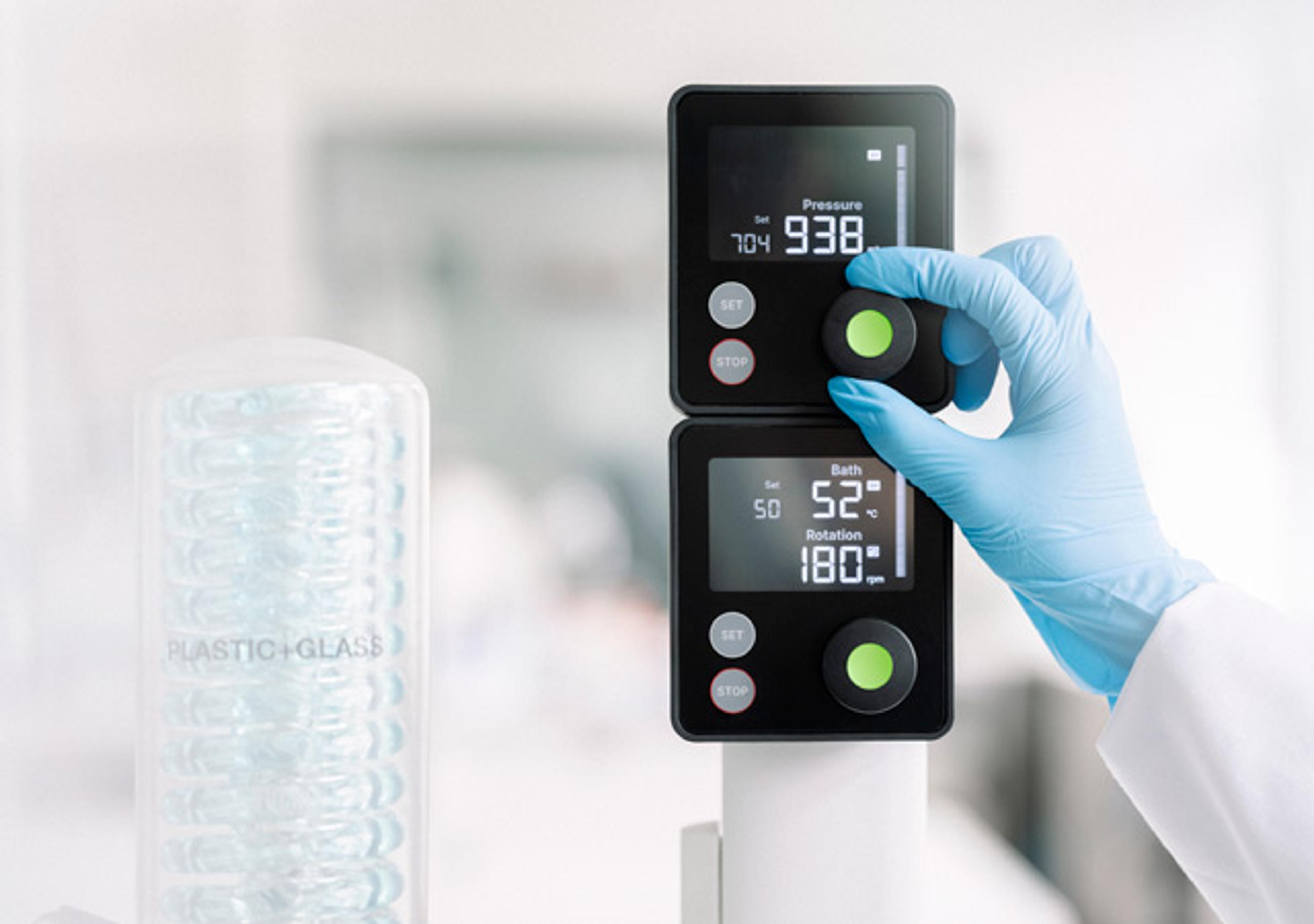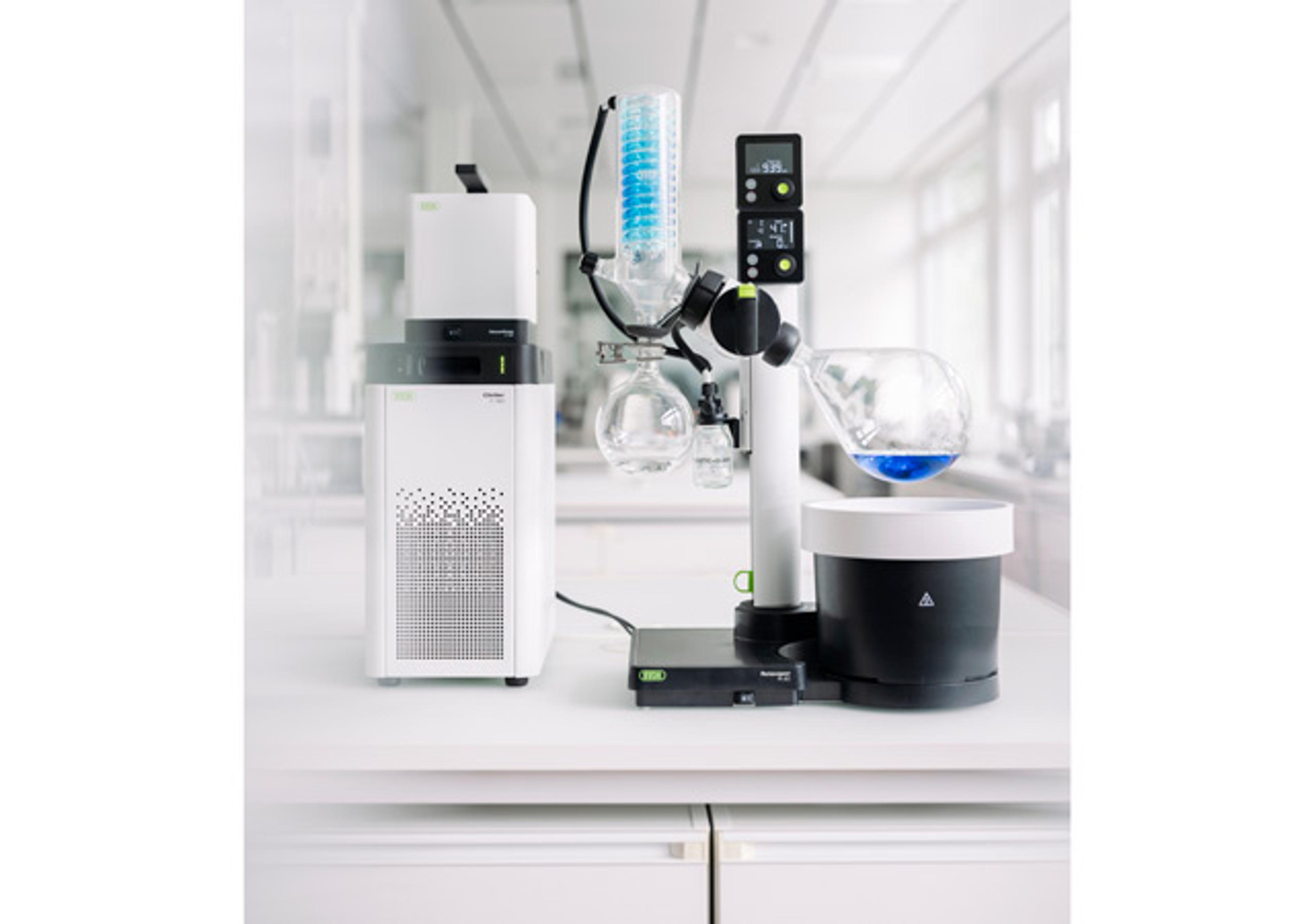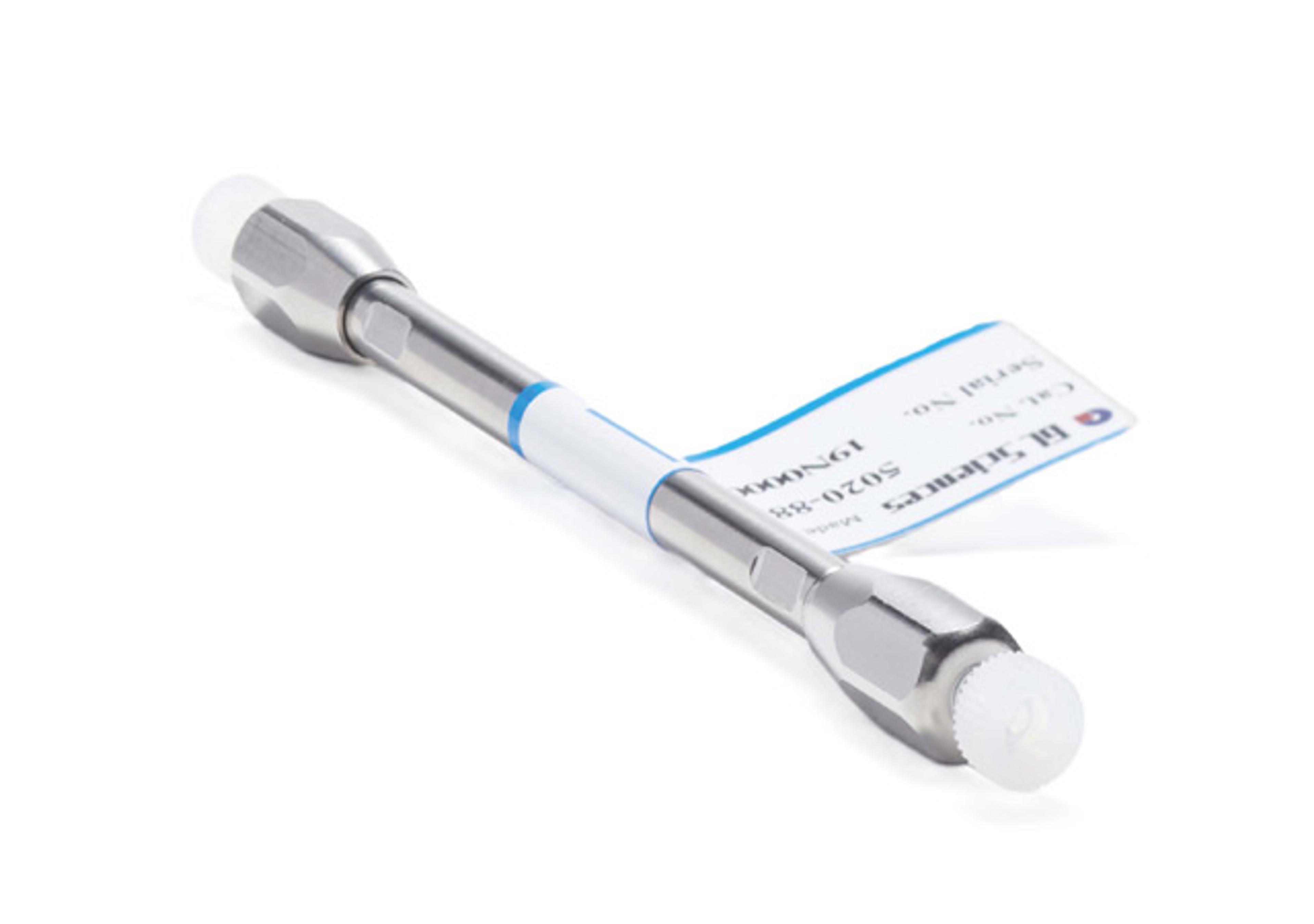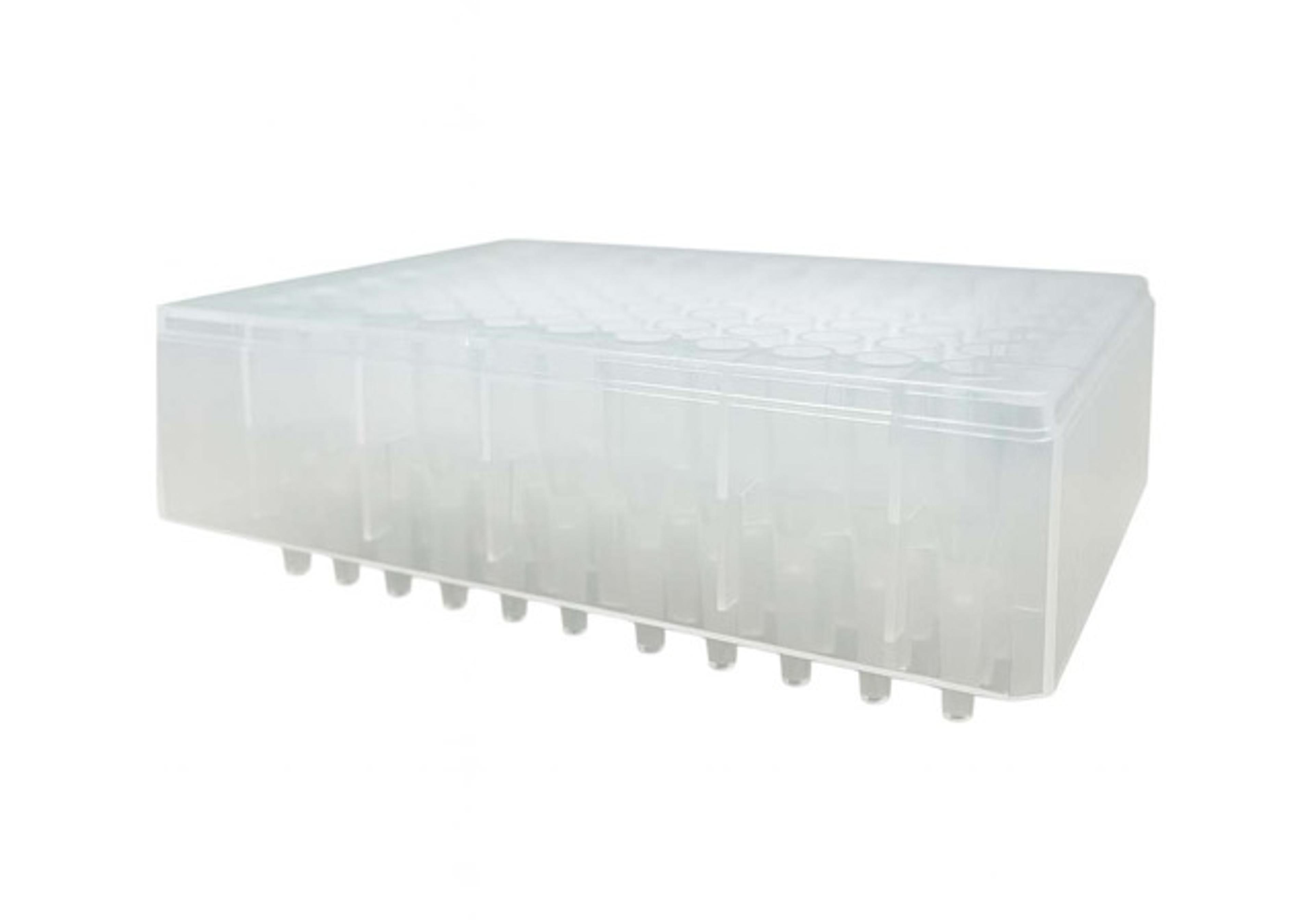Chromolith® HPLC Columns
Monolithic silica-based Chromolith® HPLC columns allow rapid separations at very low column backpressure with high matrix tolerance and extended column lifetime, thus making them ideal products for high throughput and cost-efficient analyses of matrix-rich samples.

The supplier does not provide quotations for this product through SelectScience. You can search for similar products in our Product Directory.
Interactive results.
Proteins, Flavinoids, Polyphenols
Easy to use and friendly.
Review Date: 19 Nov 2022 | Merck
Chromolith® HPLC and UHPLC columns are made from monolithic silica with a bimodal pore structure using sol-gel technology. There are no silica particles.
Several key benefits result directly from the bimodal pore structure of the silica gel, which has 2 µm macropores and 13 nm mesopores:
- Rapid separations at very low column back-pressure
- Standard HPLC instruments are fully compatible with all Chromolith® columns and UHPLC instruments are fully compatible with Chromolith® UHPLC 2mm I.D. columns
- Matrix-rich samples (such as food or life science samples) can be analyzed without the need for sophisticated and time-consuming sample preparation. Guard column cartridges are also available.
- Cost-savings are achieved as the column lifetimes are much longer than for particulate HPLC columns, in particular when analyzing matrix-rich samples.
- Complex multi-component samples can be separated either by using Chromolith® HighResolution (HR) columns or by using long very high-efficiency columns formed by connecting two or more Chromolith® columns together. The low column backpressure makes this possible.
- Easy transfer of methods from a particulate column to a Chromolith® column.
- Chromolith® WP 300 columns are an excellent solution for the separation of Biomolecules
The columns are available not only with octadecyl (RP-18e) or octyl (RP-8e) endcapped surface modification, but also with Phenyl, CN (nitrile), Diol and NH2 (amino) surface modification as well as an unmodified pure silica.


